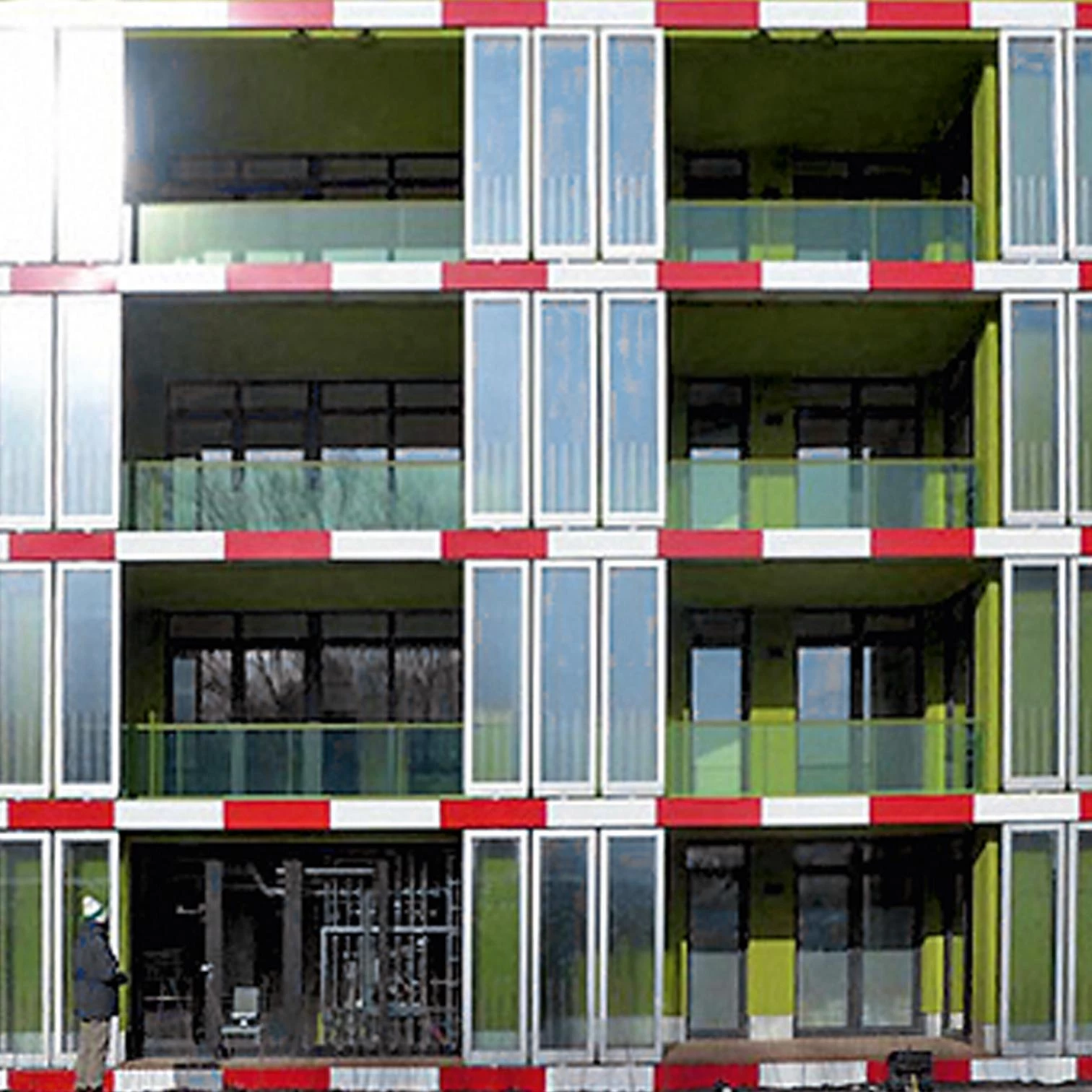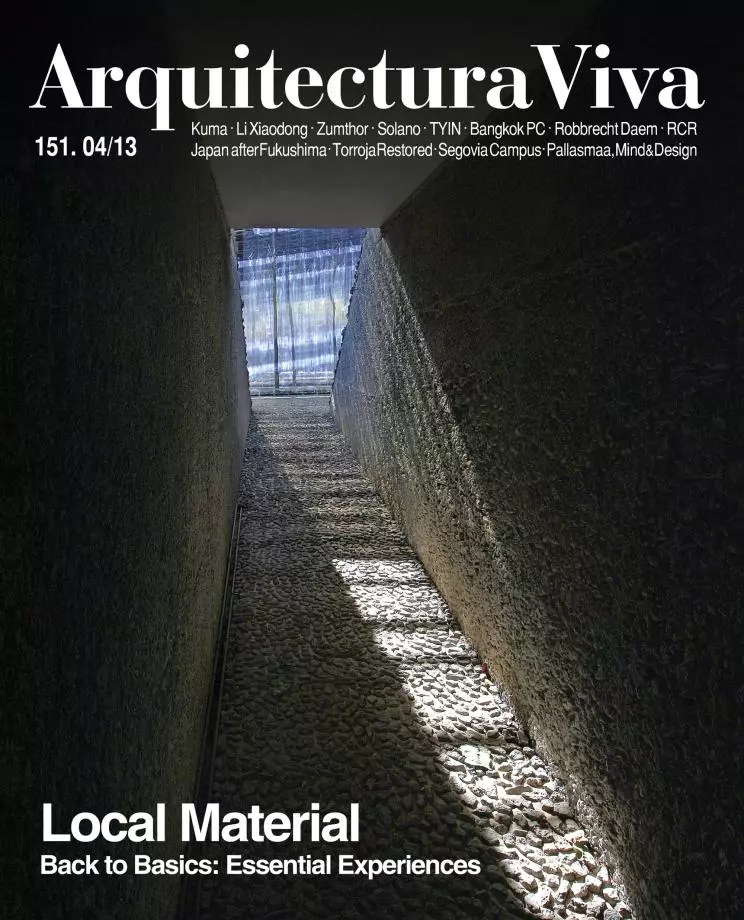
Because they grow quickly, and are evidently sustainable and furthermore easy to cultivate, microalgae are becoming an alternative to the use of fossil fuels in the field of construction (see Arquitectura Viva 140). The upcoming challenge seems to be that of introducing them as a green fabric within building enclosures, not only to grow them in apparently unfeasible places, but also to make the most of their bioclimatic features, which include their capacity to absorb light and generate heat. This is the objective of a research project designed by Colt International in collaboration with Arup and the studio Splitterwerk Architects, the so called BIQ House, which includes controlled microalgae harvests within glass panels, which in this way are transformed into ‘live’ blinds. The design of the system creates the conditions for the algae to grow quickly under direct sunlight, so that they can provide natural shade in summer. Once the summer season is over, the algae can be harvested and used as a renewable energy source for the building. The bioreactive facade system will be presented at the International Building Exhibition - IBA in Hamburg, to be held in 2013.





